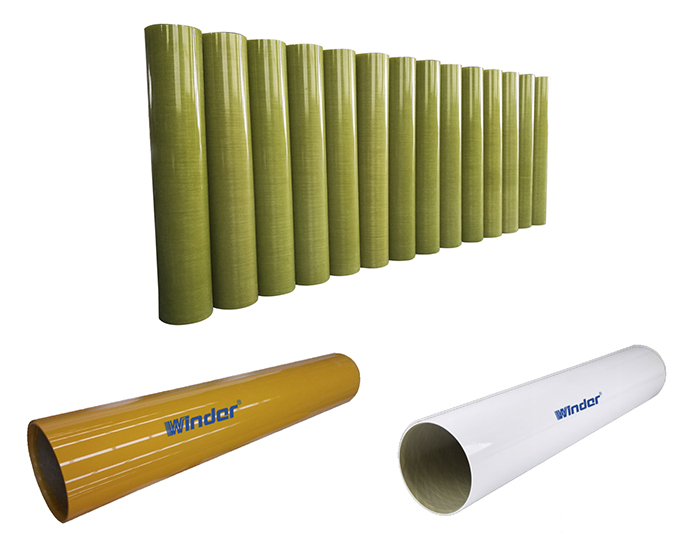Abstract: DTRO and STRO are both reverse osmosis technologies, but their membrane composition and working principles are different. DTRO uses circular disc-shaped membrane tubes, which are suitable for treating high solid content wastewater; STRO uses spiral-shaped membrane tubes, which are suitable for general reverse osmosis treatment needs. The choice depends on the characteristics of the wastewater, the treatment requirements, and the industry needs.
DTRO (Disk Tube Reverse Osmosis) and STRO (Spiral Tube Reverse Osmosis) are both reverse osmosis technologies, but they differ in their membrane composition and working principle.
Membrane Composition:
DTRO (Disk Tube Reverse Osmosis) uses circular disc-shaped thin-film tubes (usually in a flat or disc shape), which are arranged on a rotating disk.
STRO (Spiral Tube Reverse Osmosis) uses spiral-shaped thin-film tubes, which are wound into a spiral shape, similar to the structure of a spiral nut or solenoid.

Working Principle:
The working principle of DTRO is to use a rotating disk to apply pressure to the thin-film tubes within, forcing the separation of water from contaminant. These tubes rotate on the disk to help improve processing efficiency.
The working principle of STRO involves passing wastewater through the internal spiral-shaped membrane tubes. Water is removed by filtration through the semipermeable membrane under high pressure, then pure water is produced. The spiral design helps increase the surface area of the membrane, improving processing efficiency.
Application Areas and Characteristics:
DTRO is relatively new and is usually used to treat wastewater containing particulate matter and high-concentration solutions, such as industrial wastewater or wastewater containing suspended solids, because its design is better suited to handling high-solids wastewater.
STRO, on the other hand, is more common and is often used for seawater desalination, drinking water treatment, and household reverse osmosis filters, which are suitable for general reverse osmosis treatment needs.
Although both are reverse osmosis technologies, their different designs and application scenarios make them different in terms of handling different types of wastewater or water purification. The choice of DTRO or STRO depends on the characteristics of the wastewater, the quality of water to be treated, the treatment capacity, and the specific requirements of the industry in which it is used.